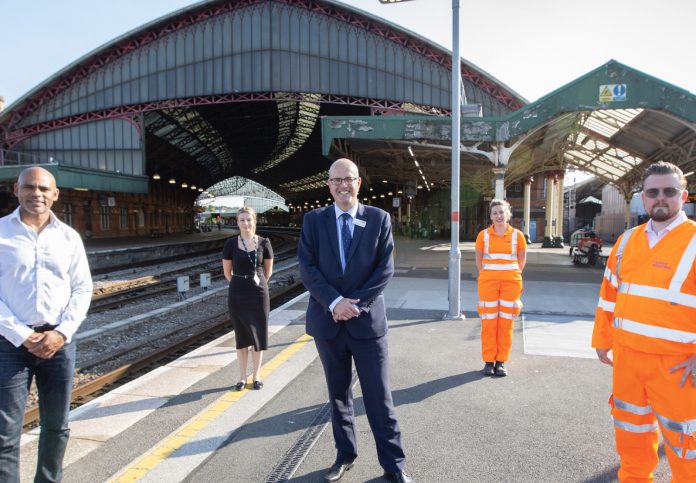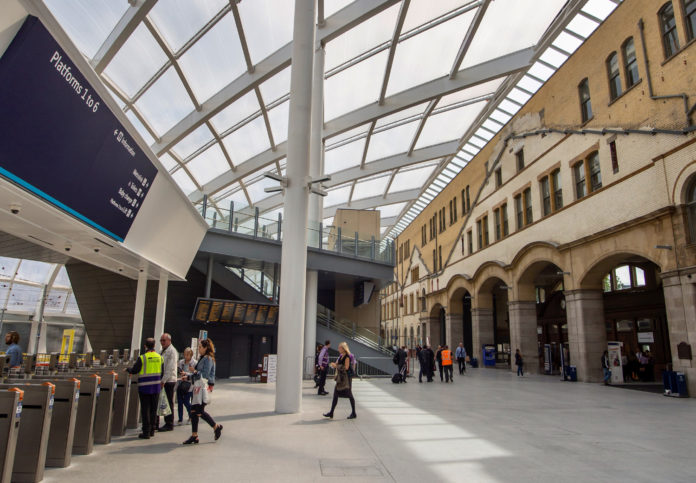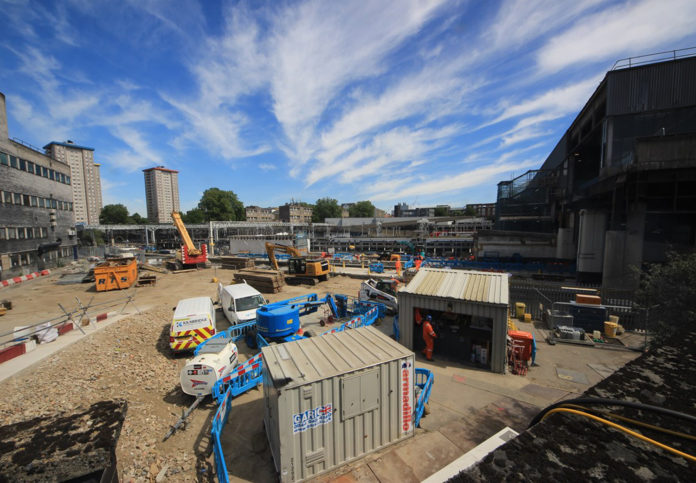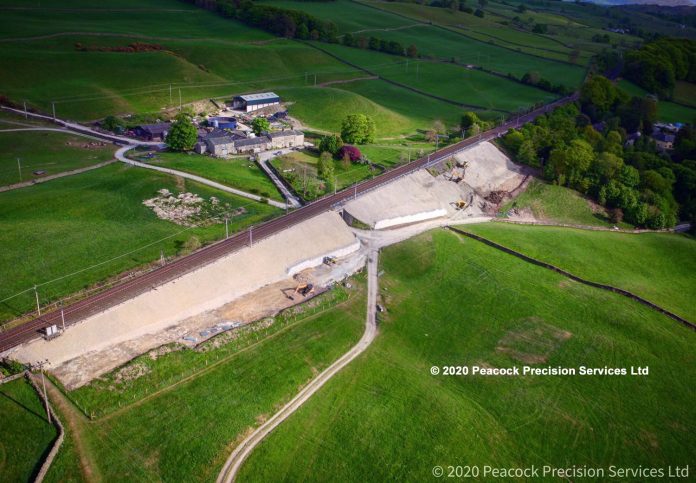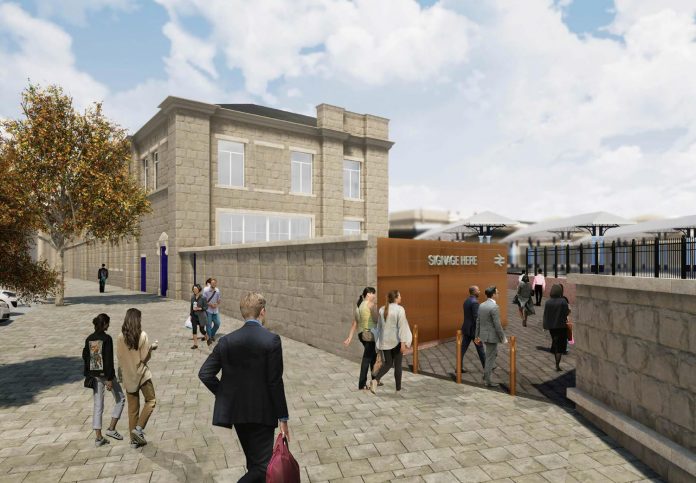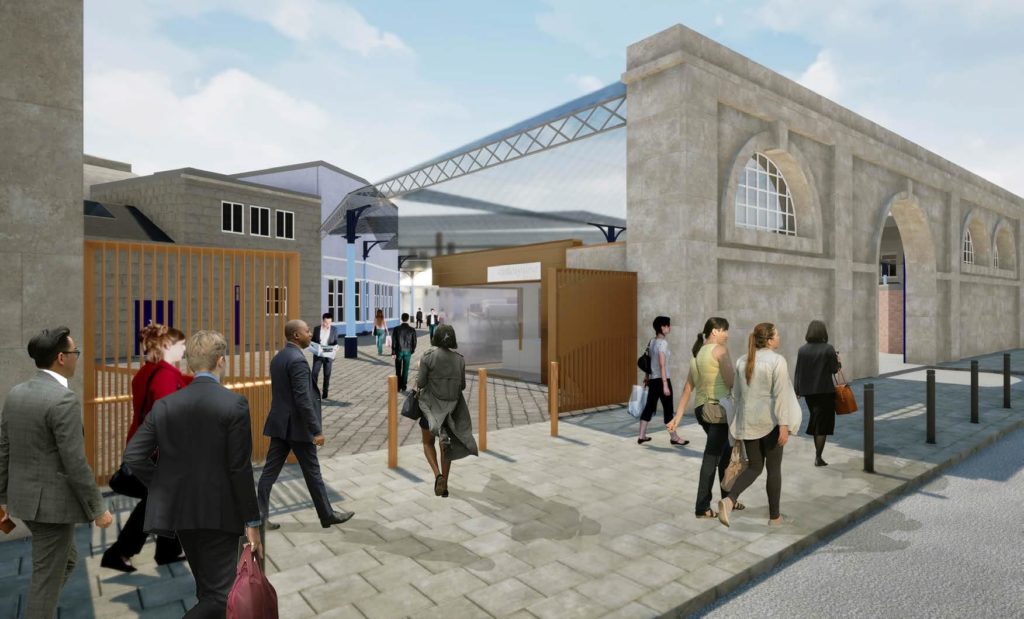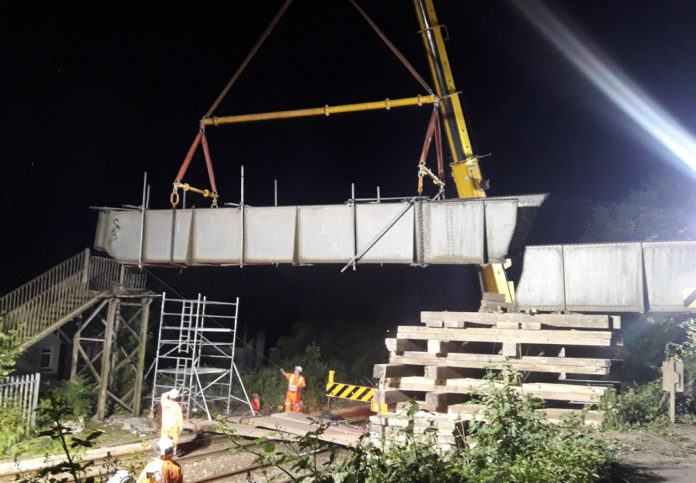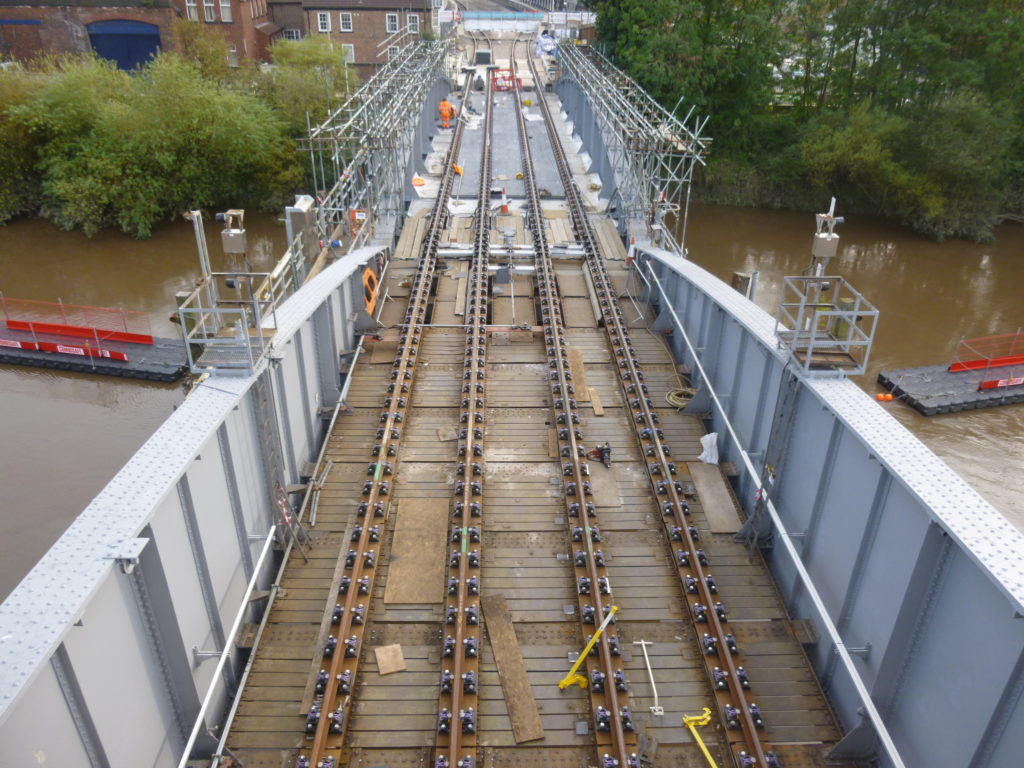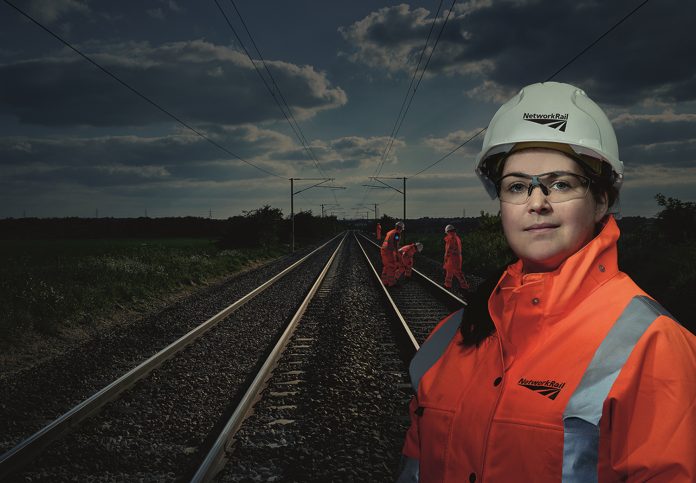Bristol Temple Meads station is set to be brought back to its former glory as a huge restoration programme gets underway this summer.
Network Rail has signed Taziker to be the primary contractor in a three-year refurbishment of the famous Victorian roof on the city’s oldest station.
As well as refreshing the roof for a cleaner, brighter experience for passengers, work on the Grade I listed structure will protect it from further deterioration for future generations. It will involve extensive metal and woodwork repairs and the complete re-glazing of the roof and canopies. This is the first major refurbishment of the station roof in over 25 years and is due for completion in 2023.
The £24 million contract is good news for the economy in the wake of the coronavirus crisis, with around 75 full-time workers expected onsite at the peak of the project. In addition, Taziker has also committed to creating apprenticeships for local people; offering a unique opportunity to work alongside experts with experience on other heritage landmarks including Brunel’s Clifton Suspension Bridge in Bristol and the Royal Albert Bridge in Plymouth.
The project is part of a wider programme of railway upgrades in the area to improve reliability, capacity and the overall passenger experience.
This includes the remodelling of a crucial junction just outside the station, a complete rewire of the station’s electrical system, and, in collaboration with West of England Combined Authority, the creation of a new station entrance which will offer access to a new university of Bristol campus and the east of the city.
Mike Gallop, Western route director, Network Rail, said: “This is a great moment for Bristol and the whole West of England as we will be providing a brighter station for passengers, worthy of the original creator, Isambard Kingdom Brunel.
“We’re ambitious about our plans for the railway in the city, and this is just the first step in providing a world-class station to enable more people to get to their jobs and encouraging more investment in the area.”


